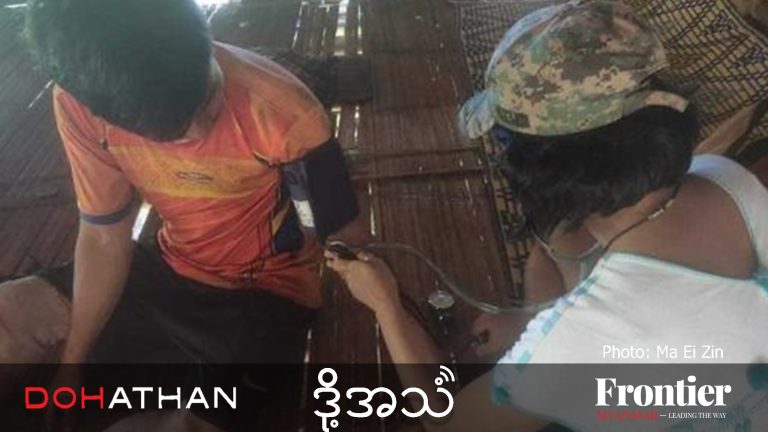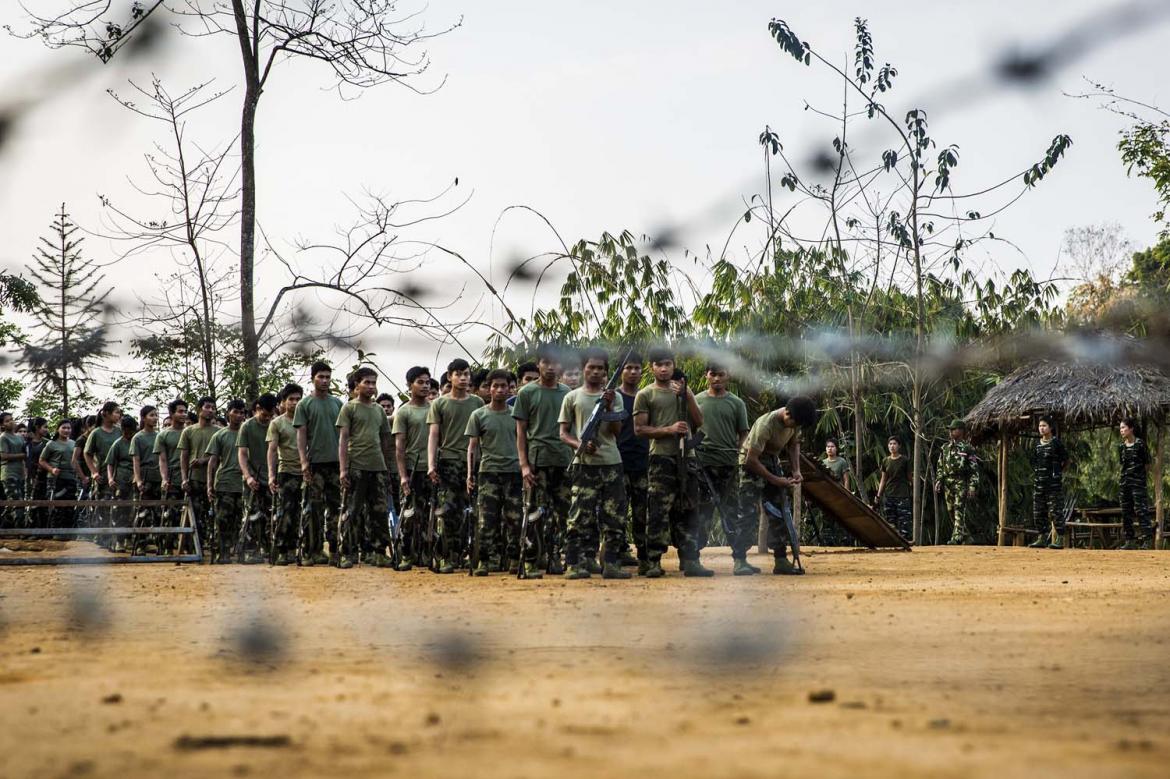A trip to conflict-hit southern Chin State leaves Frontier’s Kyaw Lin Htoon dreaming of a day when peace prevails and Myanmar’s civil wars are relegated to historical monuments.
By KYAW LIN HTOON | FRONTIER
I MADE my first motorbike trip to the hills of Chin State about five years ago. It was a memorable journey that took me to Tonzang and Tedim in the north and Mindat and Kanpetlet in the south.
I mainly travelled solo, riding rough roads through jungle-covered mountains to remote villages, including those on the border with India’s Mizoram State. Some roads were narrow paths on the edge of high cliffs and others, along bumpy ridges, offered views of the rolling foothills.
Since I began my career as a journalist in 2012, I have travelled to many remote areas in the country but none was as peaceful as Chin during my visit five years ago.
If anyone had asked me then what I most feared as a journalist, I would have said it was being caught in the middle of a firefight between the Tatmadaw and an ethnic armed group, or being detained by soldiers from either side.
But travelling the Chin hills with the wind in my hair five years ago, I never saw troop columns belonging to the Tatmadaw or any other armed group.
It was different when I returned to Chin in February, travelling by bus and motorbike to the beleaguered southern Chin township of Paletwa, which has been isolated by fighting between the Tatmadaw and the Arakan Army.
Buses took me from Yangon via Pakokku in Magway Region to the Chin town of Matupi, where I rented a motorbike for the remaining 270 kilometres to Paletwa.
Soon after leaving the Chin town of Mindat, not far from the border with Magway Region, our passenger van had to pull over multiple times to make way for convoys of empty Tatmadaw trucks heading in the opposite direction. I counted about 60 of the vehicles that had been taking troops to positions along the border between Matupi and Paletwa townships.
For the first time on the journey, I felt apprehensive, not only about the possibility of being caught up in fighting, but also about the likely impact of conflict on the people of southern Chin, which borders Rakhine State.
Infrastructure, stability and the rule of law are key to poverty alleviation, but all have been damaged in southern Chin since fighting between the AA and the Tatmadaw escalated more than a year ago. Residents of Paletwa Township, on one of the main routes that the AA uses to infiltrate forces and materiel into Rakhine, worry that, beyond the loss of life, the conflict will delay the development of the area, which is one of the remotest parts of the state.
Southern Chin is among the many conflict-riven areas in Myanmar that are populated by ethnic nationalities with unique customs and feature sites of great natural beauty. The tourism potential of these areas is undeniable.
Chin leaders believe that domestic and international tourism could deliver substantial benefits for local people, but tourism development has been concentrated further north in Chin, which is overall one of Myanmar’s poorest states or regions.
The situation I encountered in Paletwa, where the largely Khumi Chin population was caught in the crossfire of a war that had little to do with them, gave me little hope that peace was imminent in southern Chin, Rakhine or elsewhere in Myanmar’s borderlands.
But as I rode back, I allowed myself to dream of a day when peace is so firmly established – and war so far back in people’s memories – that the battlefields of the present day are visited as tourist attractions. Families of tomorrow, Myanmar and foreign, would flock to territory that was once bitterly fought over by the Tatmadaw and ethnic armed groups.
Some would inevitably decline to read the signboards detailing the area’s violent history, and focus more on taking selfies against dramatic mountain backdrops. But for the more conscientious visitor, the battlefields would be a reminder of suffering that took far too long to resolve, and must never be repeated.







